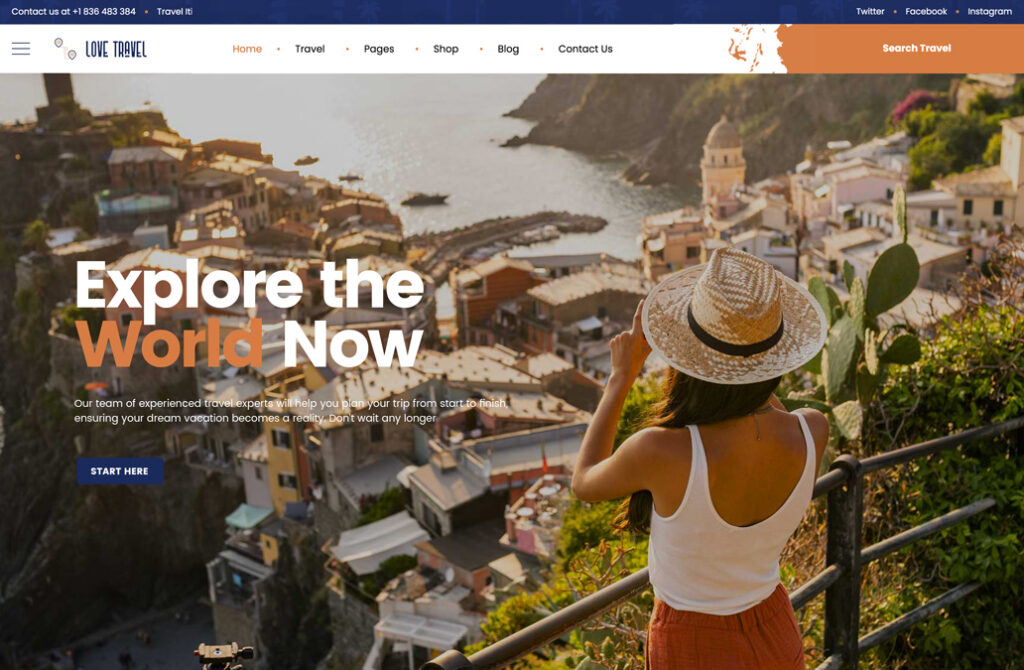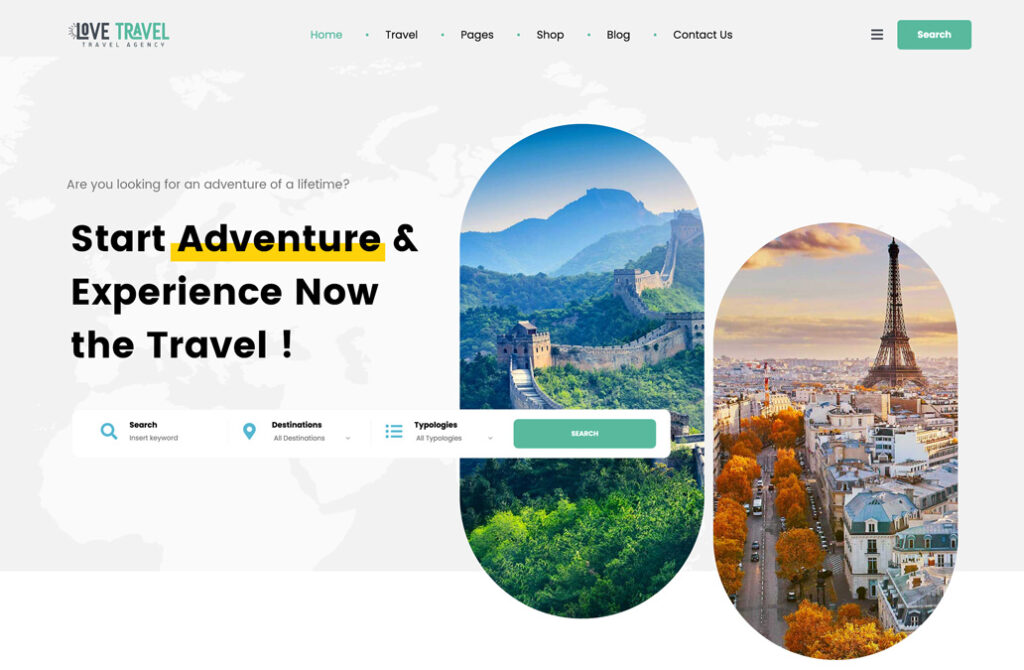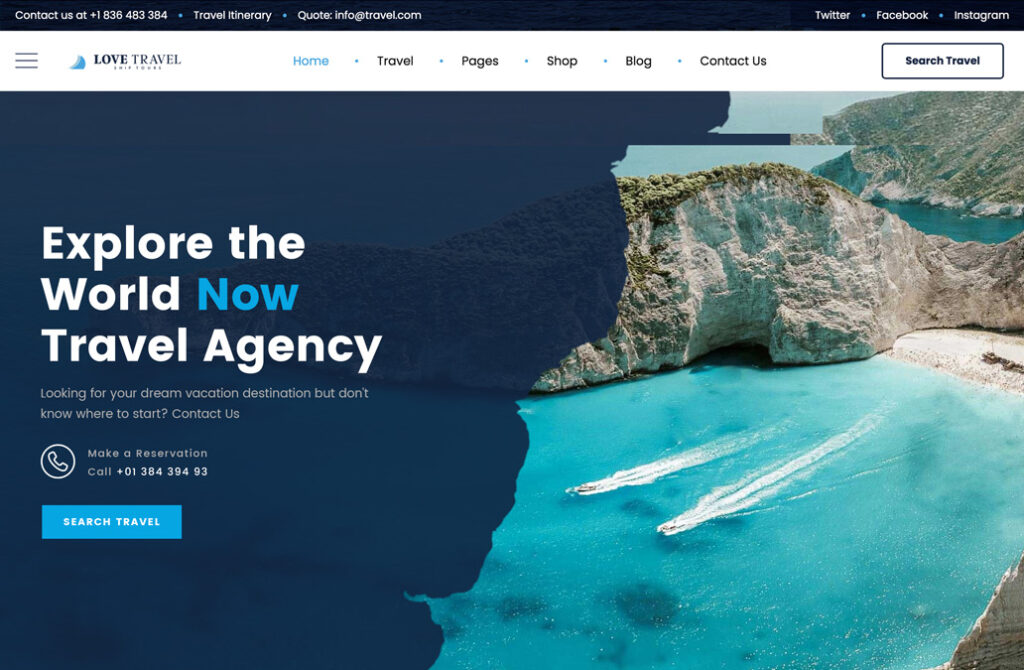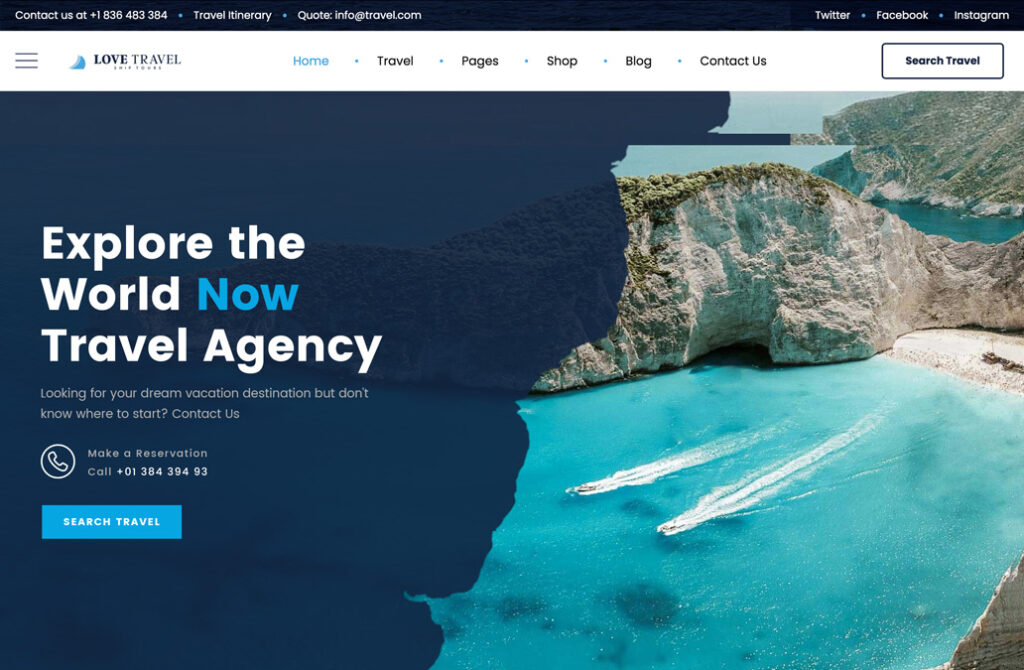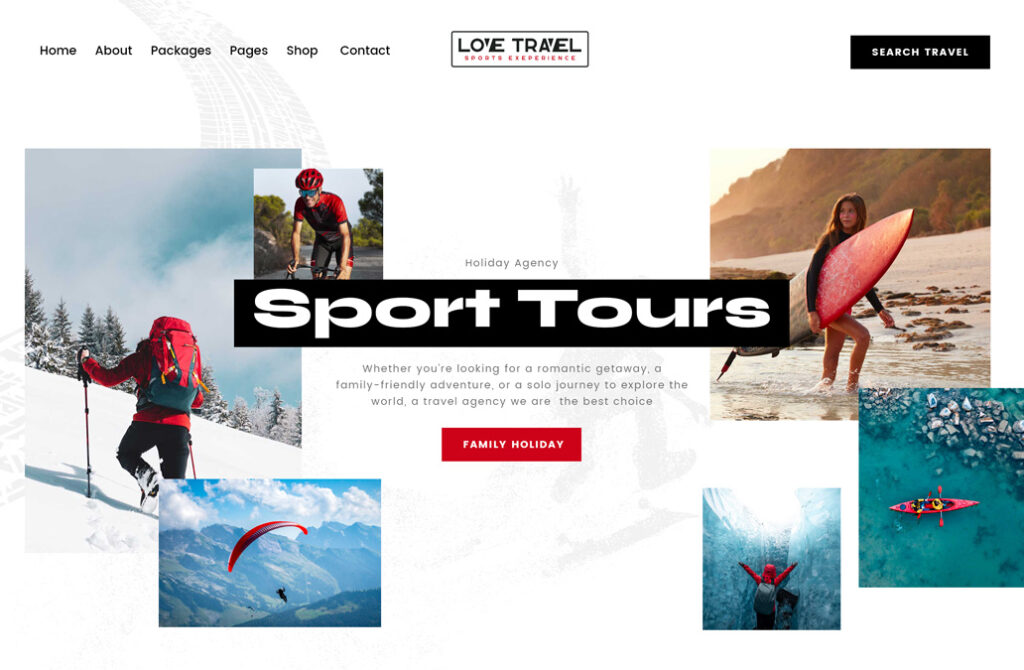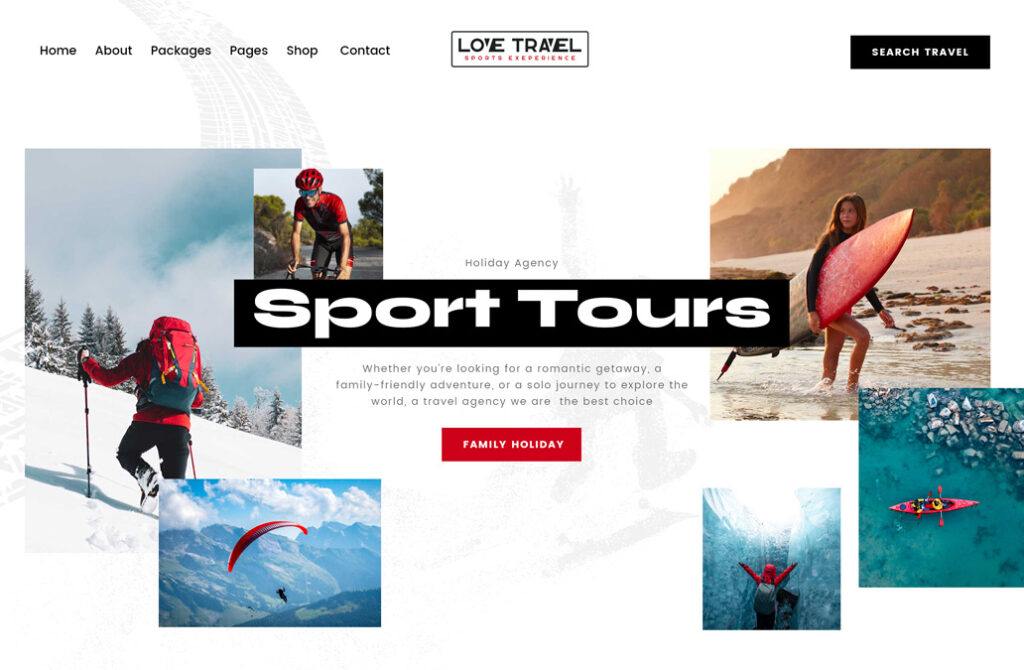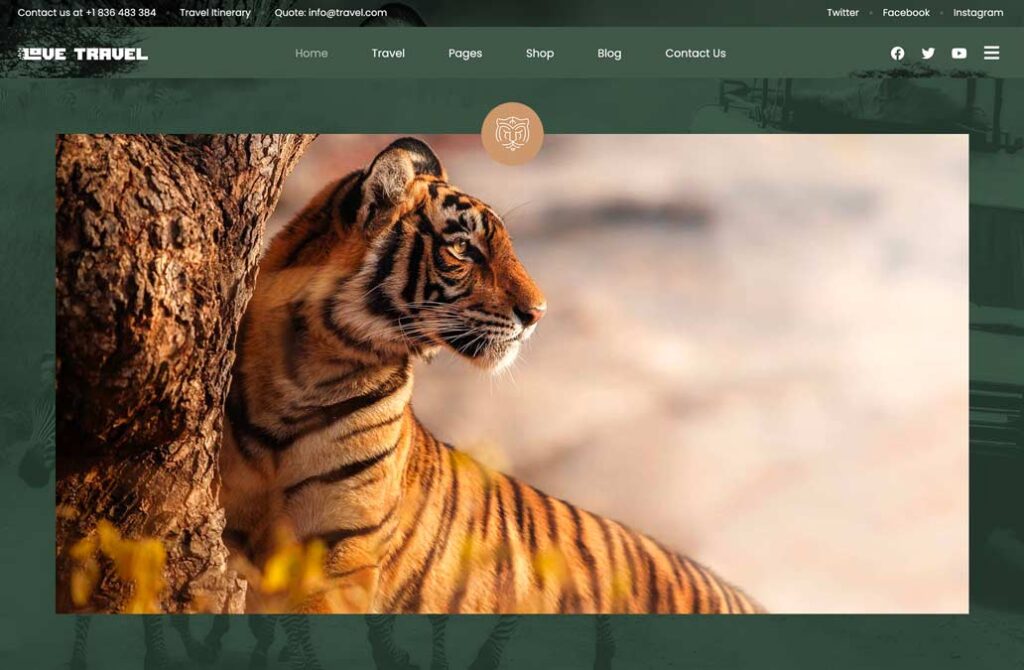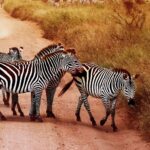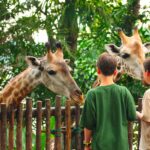Birding the Carara area
Carara National Park holds a unique place in Costa Rica’s birding scene, as it lies in the transitional zone between the tropical dry forest of the northwest and the lush humid rainforest of the southwest. This special location allows many bird species from the dry northwest to reach their southernmost range here, while many species typical from the southwest extend their northernmost range into the park. The result is an exceptional blend of birdlife. Besides that the presence of a healthy population of Scarlet Macaws and the presence of the Tarcoles River with many aquatic birds, mangrove specialists and seabirds make the Carara area. The result is an exceptional blend of birdlife, making the Carara area one of the most diverse and fascinating birding destinations in the country—and an essential stop on any Costa Rica birding itinerary.
The Tárcoles River plays a key role in shaping bird distribution along Costa Rica’s Central Pacific. It marks the boundary between two major ecozones: to the north, the landscape gradually shifts into tropical dry forest, while to the south, the lush tropical rainforest begins to take over.
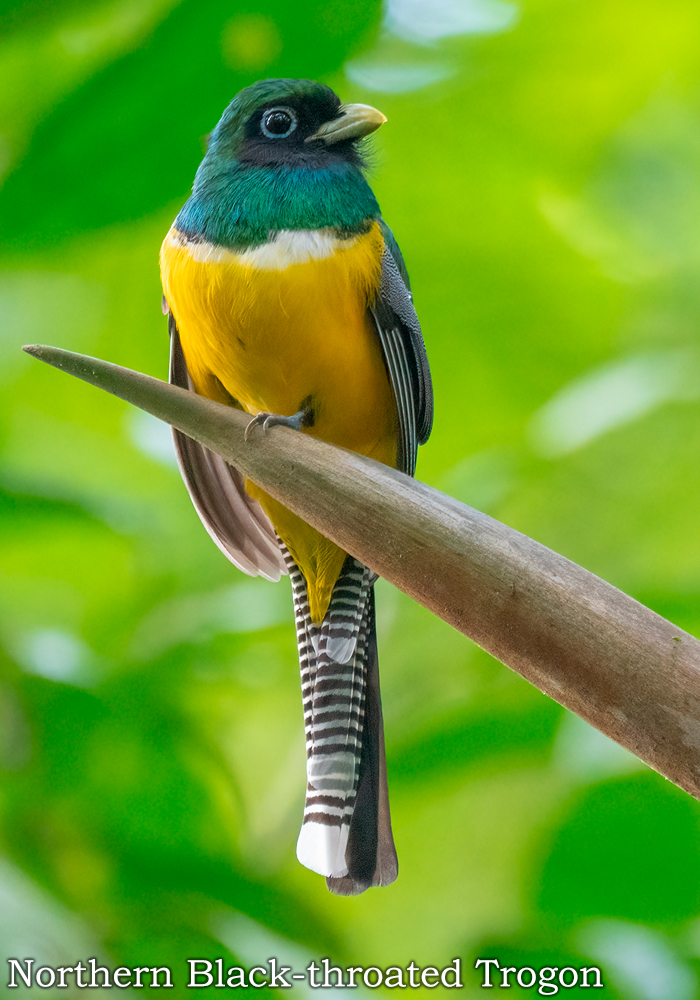
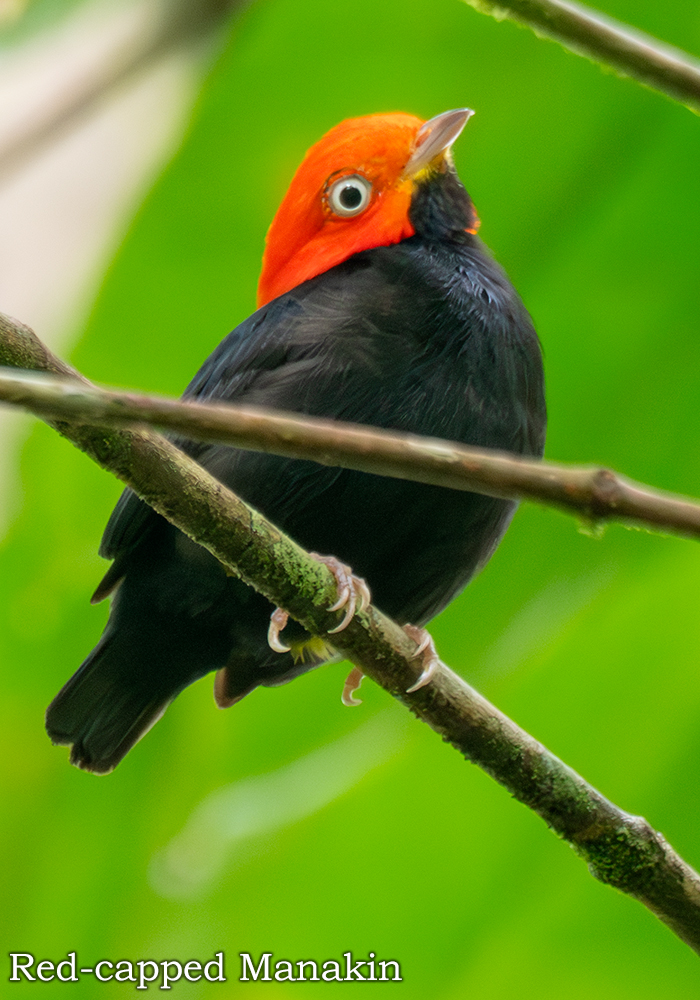
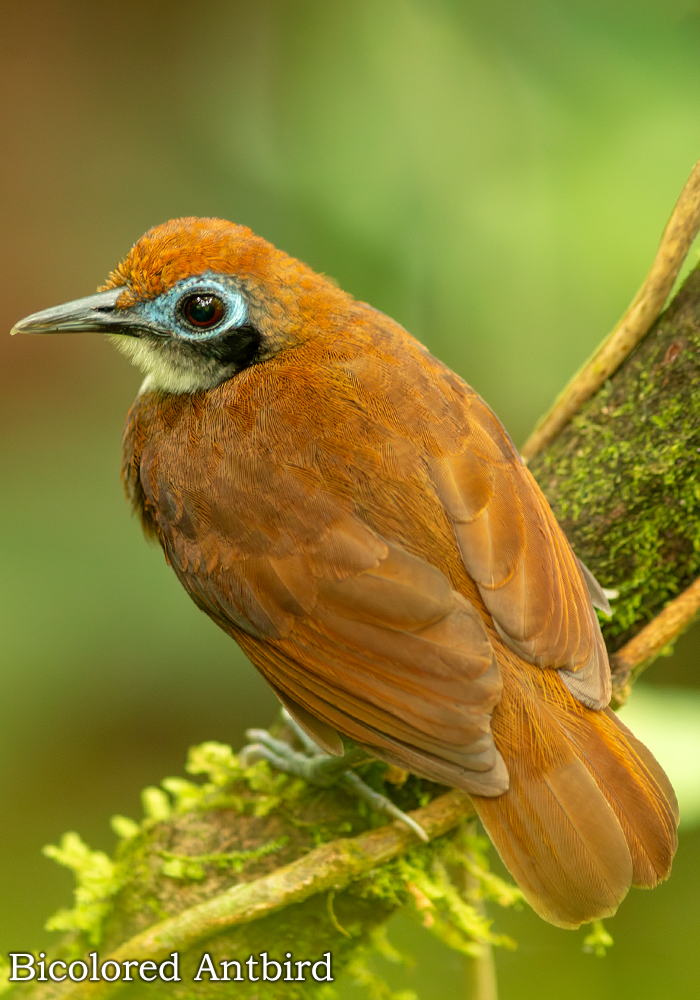
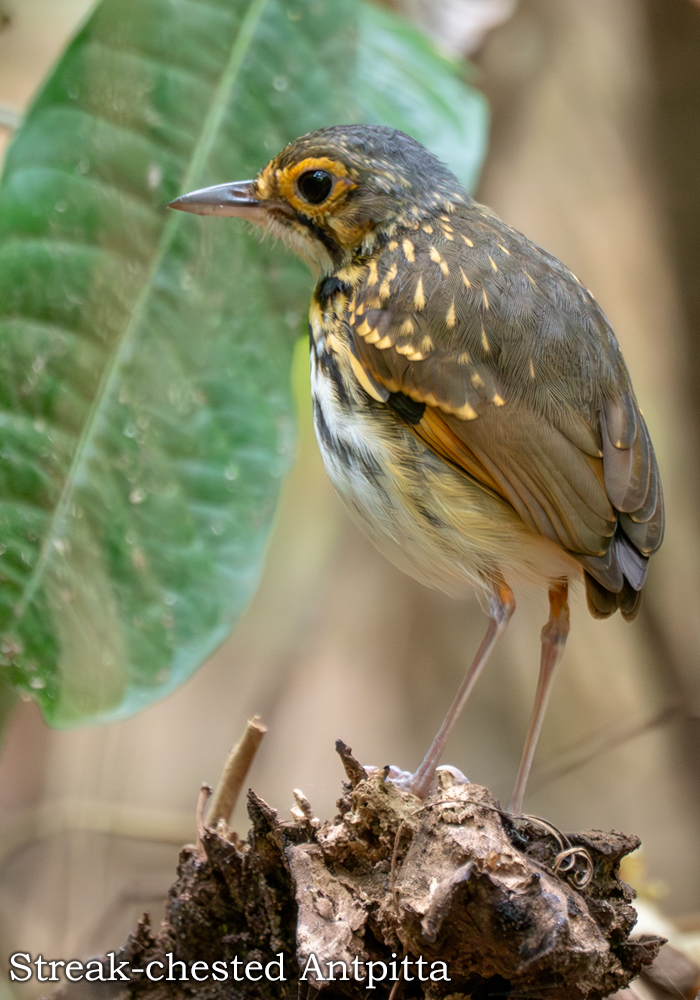
Birding in Carara National Park (south of the Tárcoles River)
Carara National Park is one of the top birding spots on Costa Rica’s Central Pacific, offering excellent opportunities in mature tropical rainforest. Birding here can be challenging due to the shady understory and fast-moving mixed flocks, but patience—and the guidance of a good local expert—pays off.
The park has two main sectors: the Quebrada Bonito & Universal Trail, which provides access to mature rainforest from the park headquarters, and the Laguna Meándrica Trail near the Tárcoles River, a mix of primary and secondary forest with occasional clearings.
Highlights include:
- Mixed flocks: Expect Black-hooded Antshrike, Riverside Wren, Northern Barred and Cocoa Woodcreepers, White-shouldered Tanager, Dot-winged Antwren, and Eye-ringed Flatbill. Army ant swarms can attract Gray-headed Tanager, Bicolored Antbird, and Tawny-winged Woodcreeper.
- Trogons: Carara is one of the few places where you can see five trogon species in a single day: Black-headed, Gartered, Black-throated, Slaty-tailed, and the regional endemic Baird’s Trogon.
- Manakins: Orange-collared (lekking on the Meándrica Trail), Red-capped and Velvety (Quebrada Bonito), plus the elusive Long-tailed Manakin in secondary forest.
- Other specialties: Great Tinamou, Streak-chested Antpitta, Chestnut-backed Antbird, and the charismatic White-whiskered Puffbird.
Birding the Tárcoles River
A boat tour on the Tárcoles River is one of the most rewarding birding experiences in Costa Rica’s Central Pacific. To make the most of it, we strongly recommend booking a private boat tour. This way, instead of joining a group mainly focused on spotting crocodiles, your captain can dedicate the trip to birds—taking you to the right places for the best species.
The river is incredibly productive, offering a mix of aquatic, coastal, and mangrove specialists.
- Along the river edges and mouth, birding is at its easiest, with many large and photogenic species. Expect several herons—Green, Snowy Egret, Great Blue, Little Blue, Tricolored, and both Yellow-crowned and Black-crowned Night-Herons—as well as Black-necked Stilts, Northern Jacanas, Black-bellied Whistling-Ducks, Roseate Spoonbills, and White Ibis. Four kingfisher species (Ringed, Amazon, Green, and Belted) are often seen, while Brown Pelicans, Magnificent Frigatebirds, Royal and Sandwich Terns, Laughing Gulls, and various shorebirds frequent the river mouth.
- In the mangroves, birding becomes more challenging but can be also very rewarding. Here, you’ll scan a dense green wall for smaller, harder-to-spot species. With a knowledgeable captain, you may find Mangrove Vireo, the local mangrove subspecies of Yellow Warbler (males with striking chestnut heads), Panama Flycatcher, and occasionally Mangrove Cuckoo. The true stars of this habitat are the endemic Mangrove Hummingbird—found only in Costa Rica, often feeding at the white blossoms of the Tea Mangrove—and the tiny American Pygmy Kingfisher, usually perched low on stilt roots near the water.
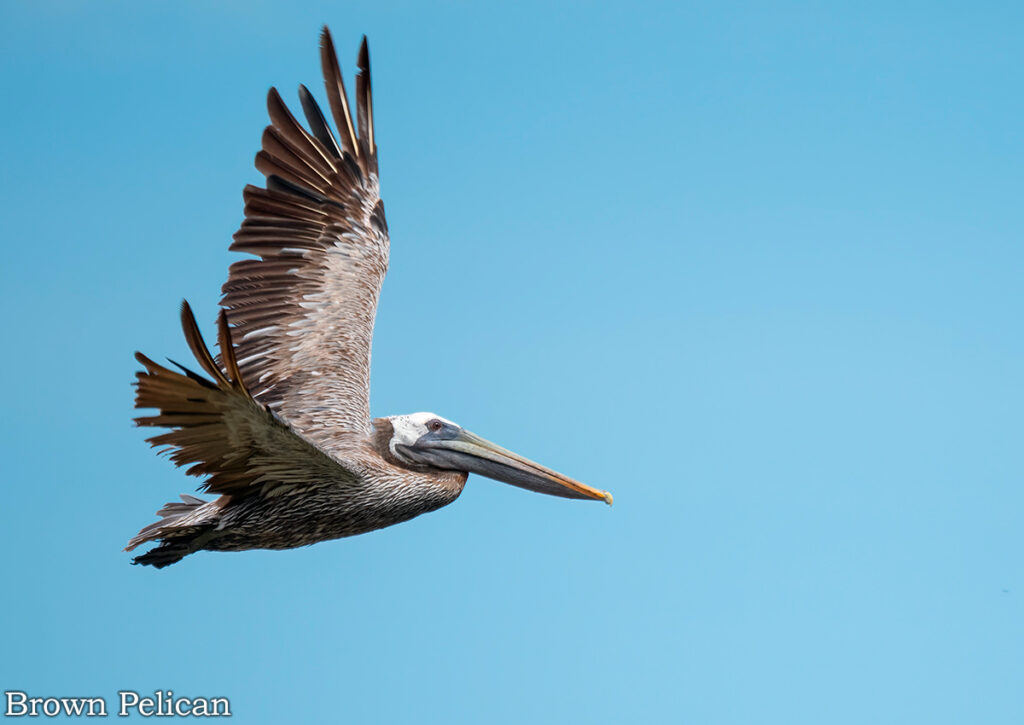
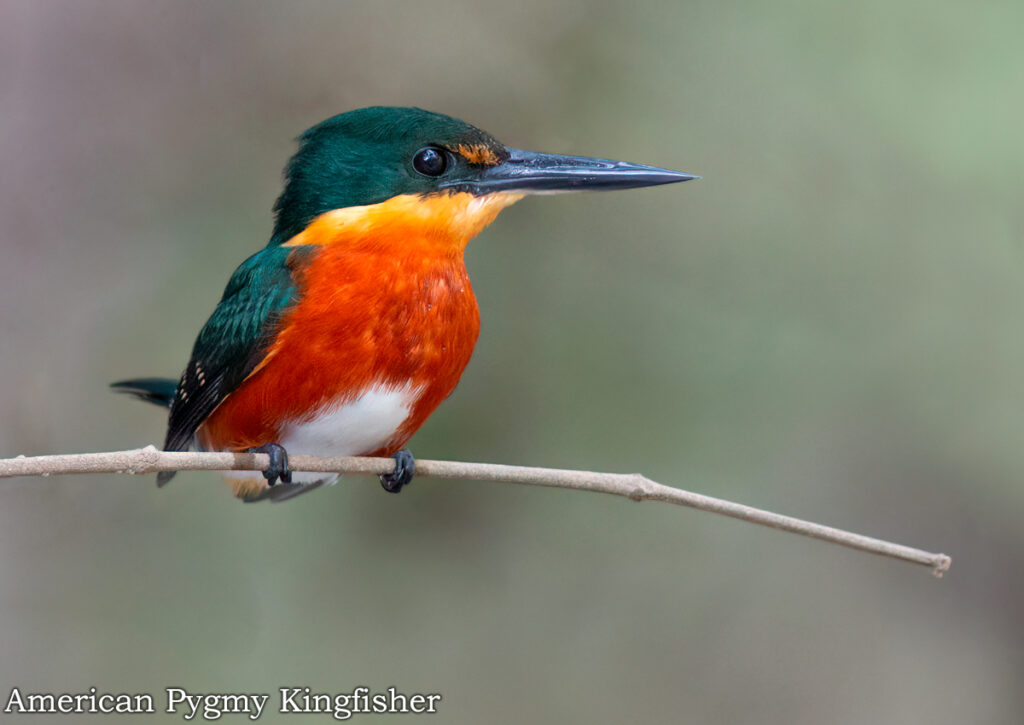
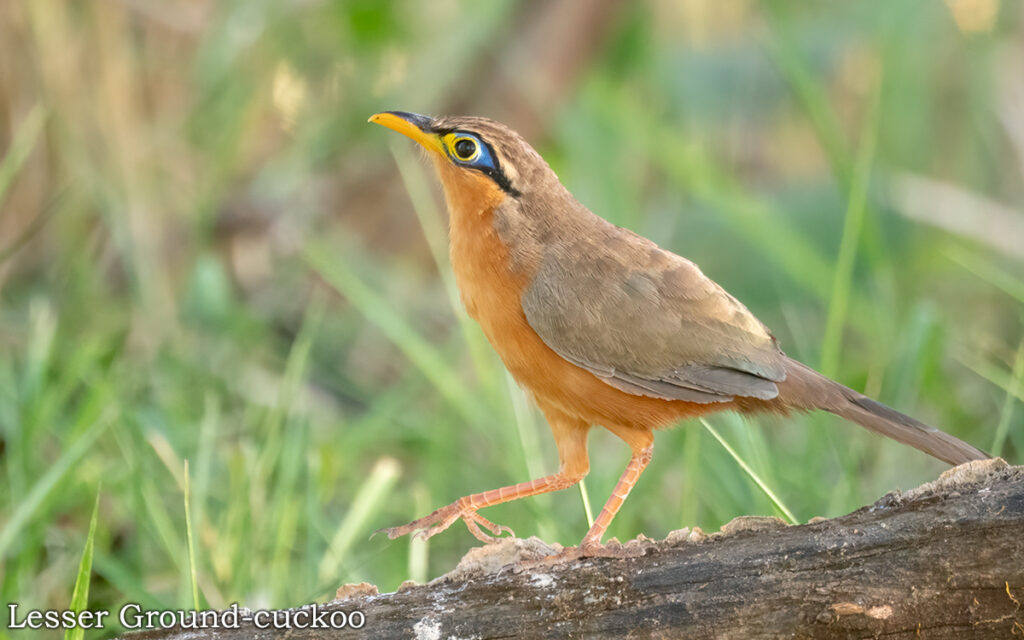
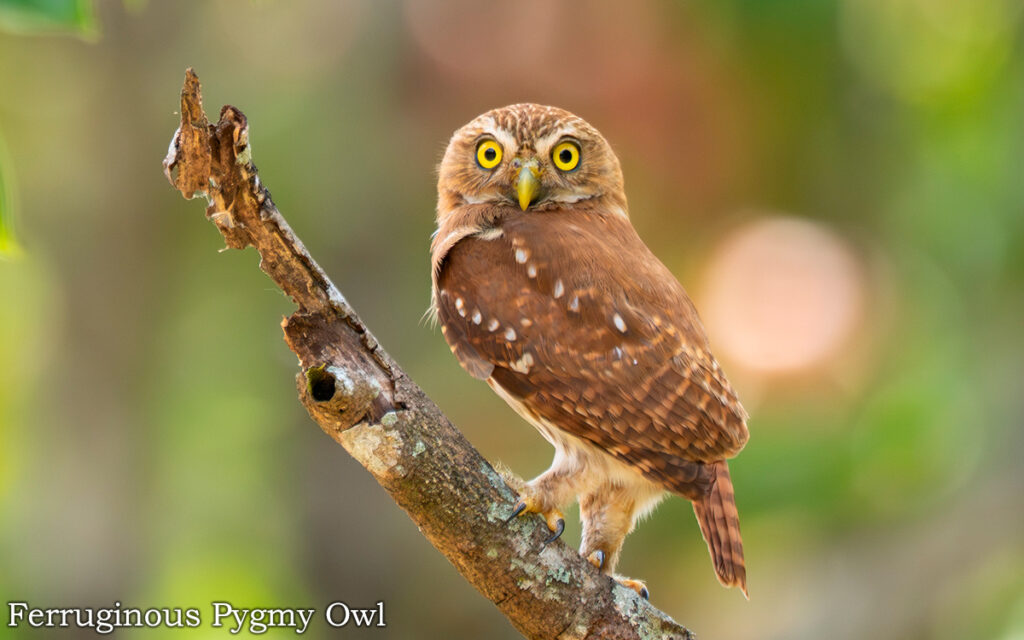
Birding the Tropical Dry Forest near Orotina (north of the Tárcoles River)
Crossing the Tárcoles Bridge and heading north, the landscape changes—and so does the birdlife. Here, the influence of the tropical dry forest becomes stronger, offering a completely different set of species. The area around Orotina, with its mix of scattered trees, open pasturelands, and patches of dry forest, is especially rewarding. Even the surroundings of Tárcoles town can provide excellent birding opportunities.
These areas are best explored with a knowledgeable local guide, who knows the exact spots to find the regional specialties:
- Nocturnal birds: The tiny diurnal Ferruginous Pygmy-Owl and the Pacific Screech-Owl are often seen during the day, and even the day roosts of Black-and-white Owl and Common Potoo are often know by the local guideds .
- Tropical dry forest species: Colorful highlights include Black-headed Trogon, White-throated Magpie-Jay, Long-tailed Manakin, White-fronted Parrot, Orange-fronted Parakeet, and Turquoise-browed Motmot. With luck, you may even spot the elusive Lesser Ground-Cuckoo.
If you’re interested in birding the Carara and Tárcoles region, we’d be delighted to help connect you with an experienced local guide—or arrange a private boat tour on the Tárcoles River tailored to birding.
